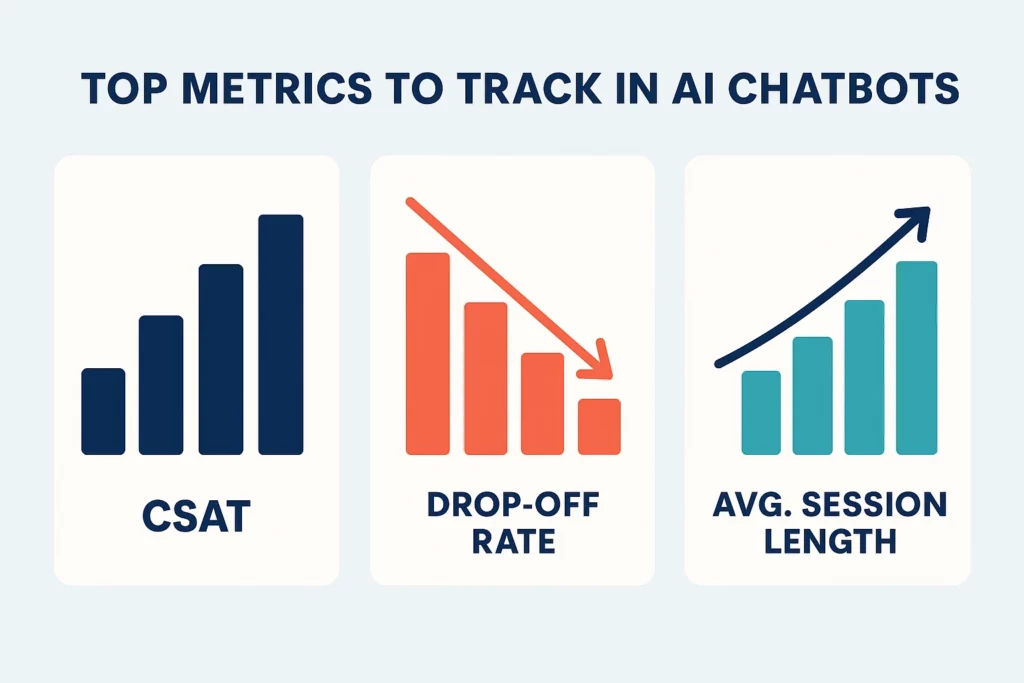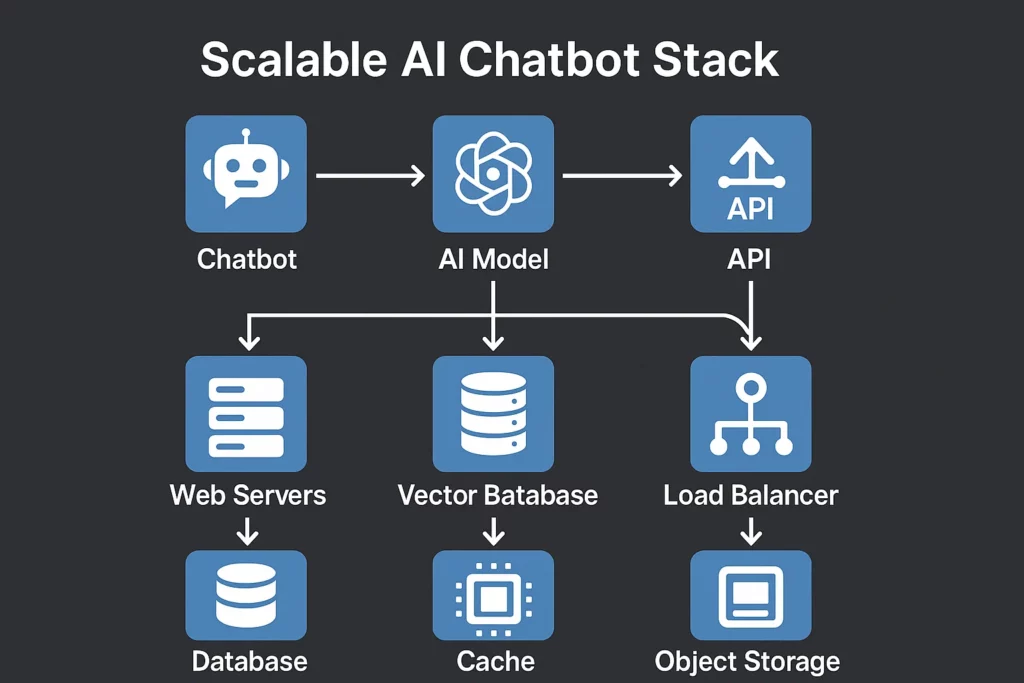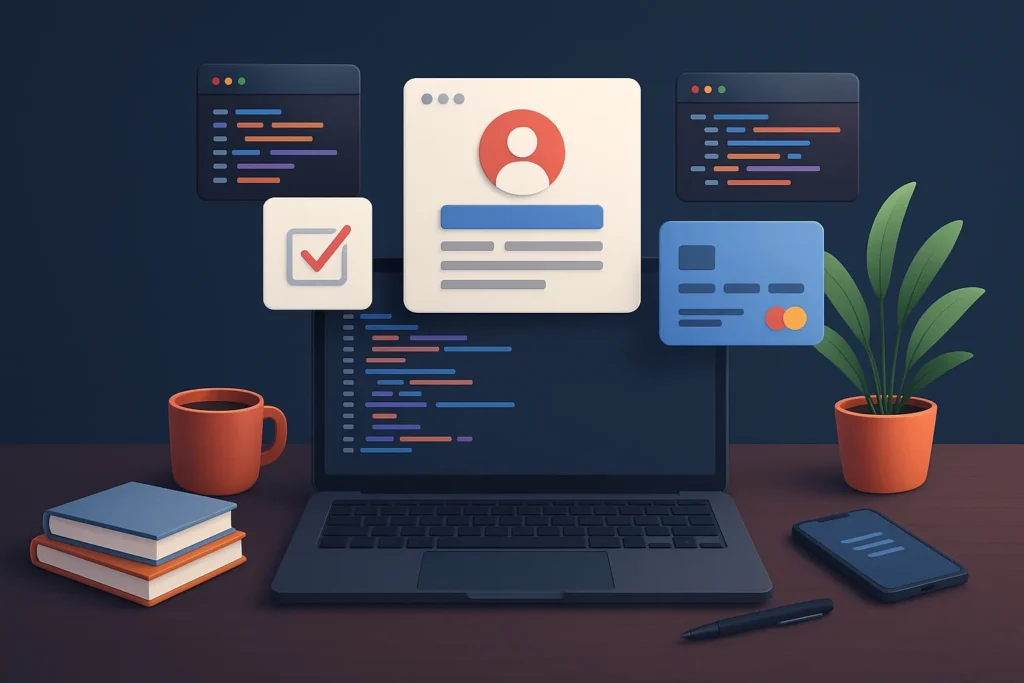If you’ve been doomscrolling X (formerly Twitter), you’ve probably stumbled across Grok — the sassy, always-on-point AI chatbot cooked up by Elon Musk’s xAI. Naturally, startups everywhere are itching to build their own “Grok clone,” hoping to ride the AI wave all the way to the bank. And why not? It’s a delicious cocktail of machine learning, personality, and internet spice.
But here’s the kicker: copying Grok isn’t just about slapping a cheeky tone on ChatGPT and calling it a day. Nope. Many enthusiastic founders end up launching half-baked clones that either fizzle out or backfire faster than you can say “AGI.” I’ve seen it happen — good ideas gone rogue because of avoidable mistakes.
This blog is your heads-up. We’re diving into the top 5 common missteps startups make when building Grok-inspired AI chat platforms — and how to avoid them. (Spoiler alert: Miracuves knows how to help you get it right.)
Mistake #1: Over-Prioritizing Personality, Under-Delivering Performance
Let’s face it — Grok’s sarcasm is half the appeal. But building a chatbot that’s funny before it’s functional? That’s a fast lane to user rage.
Grok gets away with it because it’s backed by serious language models, robust infra, and Elon-level hype. Startups, on the other hand, need to earn trust first. When your chatbot jokes but can’t answer basic queries or goes off-script mid-convo, users bounce — fast.
Instead, start with core utility: natural conversation flow, contextual memory, accurate retrieval. Layer in wit once you’ve nailed reliability.

Also Read :-Best Grok Clone Scripts in 2025: Features & Pricing Compared
Mistake #2: Ignoring Real-Time Feedback Loops
Building a chatbot without real-time analytics is like flying a plane with a blindfold on.
Startups often skip or delay integrating usage dashboards, sentiment tracking, and chat rating tools. Without these, how do you know if your Grok clone is helpful, annoying, or straight-up confusing users?
Pro tip: bake in real-time metrics from day one. It’s not just about debugging — it’s about training your bot faster and tailoring responses based on what’s actually working.

Mistake #3: Underestimating Training Data Nuance
“Let’s just feed it Reddit and Stack Overflow!”
No. Just… no.
AI chatbots are only as smart (and safe) as the data they’re trained on. Many Grok-clone projects implode because they ingest biased, outdated, or unverified content — leading to hallucinations, misinformation, or, worse, legal issues.
Instead, focus on domain-specific fine-tuning, curated corpus management, and integrating RAG (retrieval-augmented generation) pipelines. Miracuves can help you design a system that pulls in verified content on-the-fly — like Grok does with X’s firehose.
Mistake #4: Skipping Monetization Planning
Too many founders treat monetization like an afterthought. Spoiler: If your Grok clone doesn’t earn, it burns.
Whether it’s subscriptions, pay-per-use, affiliate integrations, or premium features — your chatbot needs a clear business model baked into the UX. Otherwise, you’ll burn through your runway before you hit product-market fit.
Plan your monetization early — even if it’s just toggling ads or locking advanced features. You’ll thank yourself later.
Learn More :-Pre-launch vs Post-launch Marketing for Grok Clone Startups
Grok Clone Monetization Models: Pros & Cons
| Monetization Model | Pros | Cons |
|---|---|---|
| Subscription-Based | Predictable revenue, easy to scale, familiar to users | Requires consistent value delivery; churn risk if features stagnate |
| Pay-Per-Use (Usage-Based) | Flexible for users, scales with demand | Revenue may fluctuate; harder to forecast |
| Freemium + Paid Tiers | Attracts a large user base; good for virality | Conversion to paid tier can be slow; needs high engagement |
| Affiliate/Lead Gen | Low overhead, can plug into existing ecosystems | Dependence on 3rd parties; quality control of promoted products |
| White Label Licensing | High-ticket revenue; resellers do the selling | Tech support burden; may need customization per client |
| Ads/Sponsored Responses | Monetizes free users; passive income stream | Can annoy users; needs targeting to avoid feeling spammy |
| API Access/Developer Plans | Monetizes external dev ecosystem; low churn risk | Needs dev support; success depends on community adoption |
| Data Monetization (Ethical) | High value for insights; useful for B2B clients | Legal/compliance challenges; requires transparency and opt-in systems |
Develop Your Own AI Chatbot App with Miracuves
Mistake #5: Treating Infrastructure Like an Afterthought
Let’s be real — if your chatbot crashes during peak hours, it’s game over. Many startups go cheap on infra, using free-tier models or janky open-source deployments that buckle under real-world pressure.
Here’s what your Grok clone really needs:
- Scalable serverless backend (think AWS Lambda, Google Cloud Functions)
- GPU-friendly model deployment
- Fallback protocols for failed queries
- Continuous learning hooks
With Miracuves, we help founders design backend systems that are built to scale, even before the first viral tweet hits.

Read More :-Reasons startup choose our grok clone over custom development
Conclusion
Grok clones are hot right now — but just copying the sarcasm without the smarts is a recipe for digital disaster. Focus on what matters: utility, infrastructure, monetization, and constant improvement.
At Miracuves, we help innovators launch high-performance app clones that are fast, scalable, and monetization-ready. Ready to turn your idea into reality? Let’s build together.
FAQs
What is Grok and why are startups cloning it?
Grok is an AI chatbot developed by xAI that blends wit with powerful AI. Startups want to clone it for its virality and user engagement potential.
Can I build a Grok clone without coding?
Yes, low-code/no-code platforms exist, but for a robust, scalable version, some custom development is ideal. Miracuves can guide you.
What language models power Grok?
Grok runs on proprietary models from xAI, likely fine-tuned large language models. For clones, GPT-4, Claude, or Mistral-based setups are viable.
How long does it take to build a Grok clone?
Anywhere from a few weeks to a few months, depending on features, integrations, and team size.
Is it legal to clone Grok?
You can’t copy its exact branding or proprietary tech, but building a similar AI chatbot platform with your own features and UI is fine.
What’s the biggest risk when cloning Grok?
Rushing the MVP with unstable infra or poor moderation — leading to user backlash or compliance issues.







